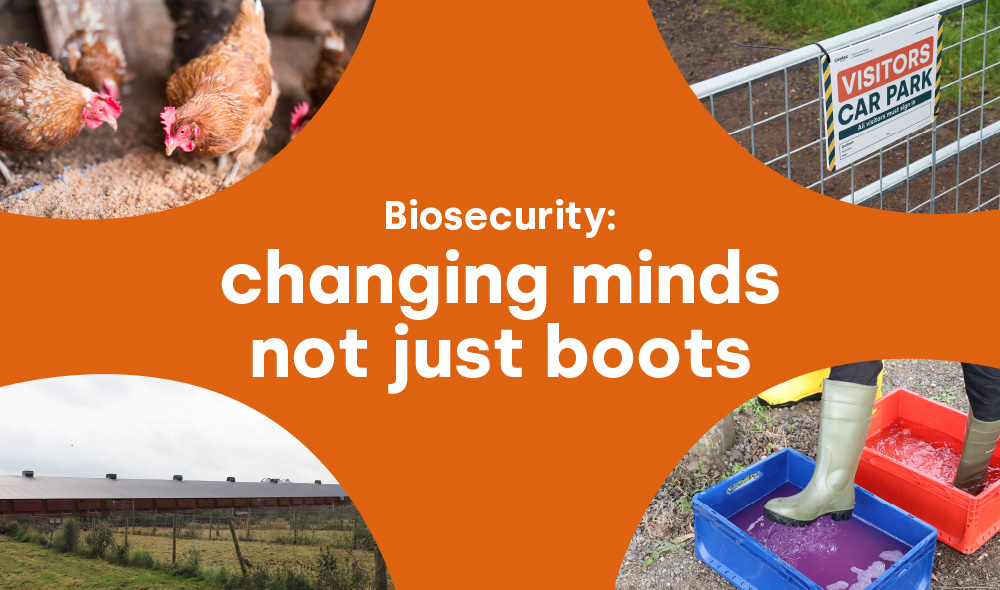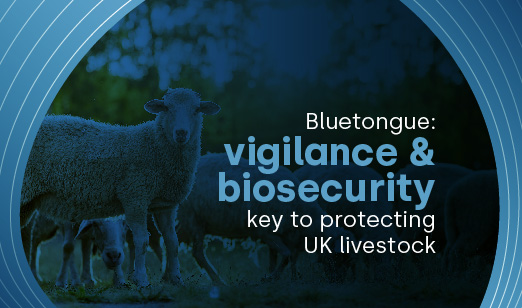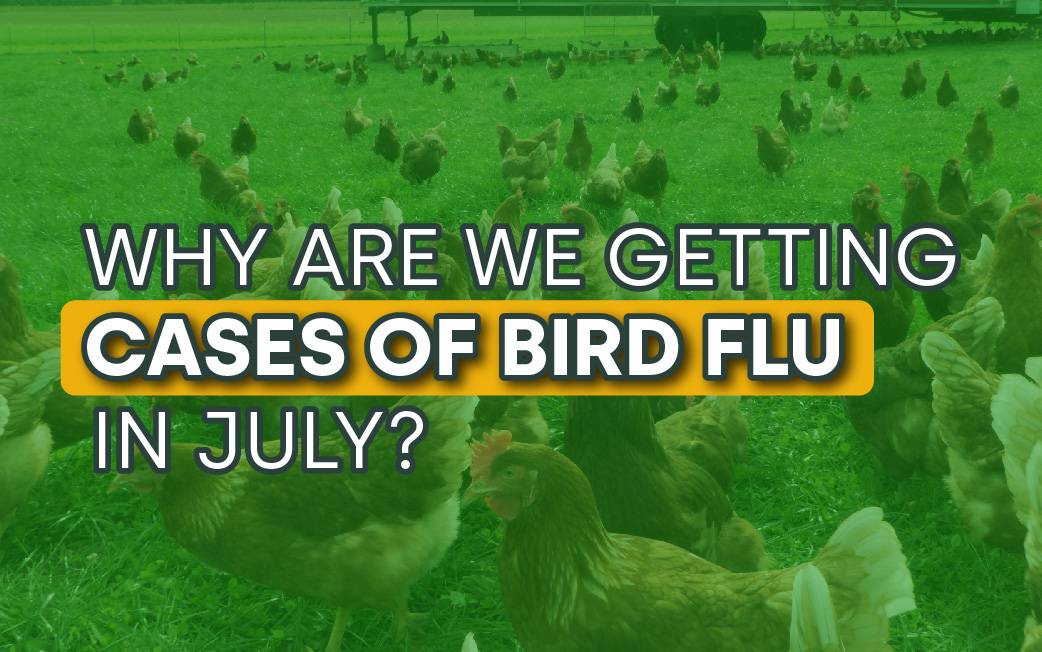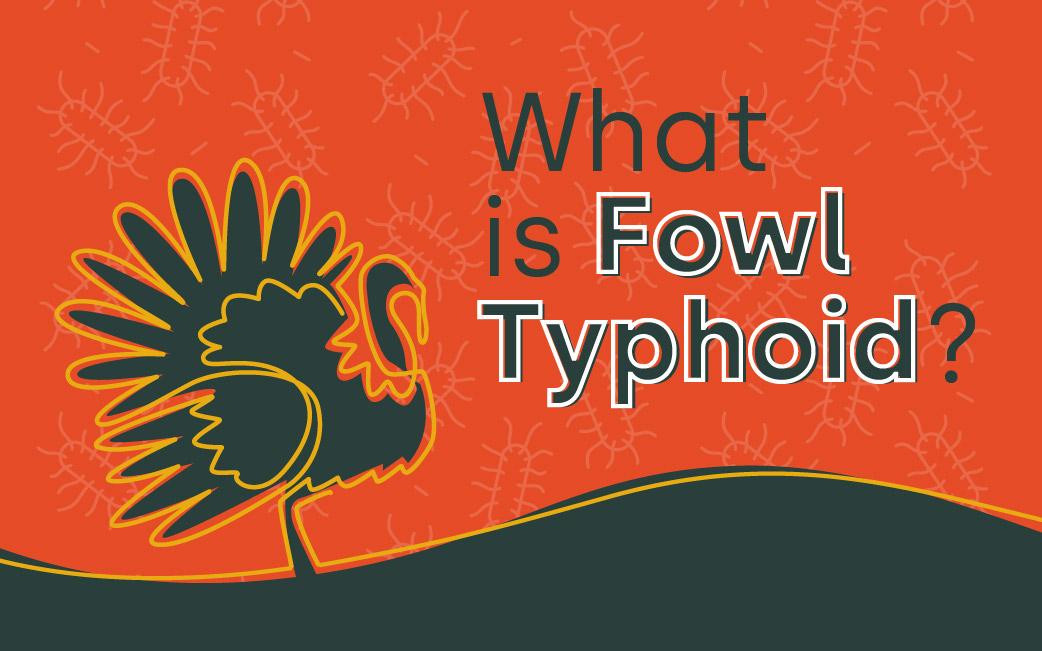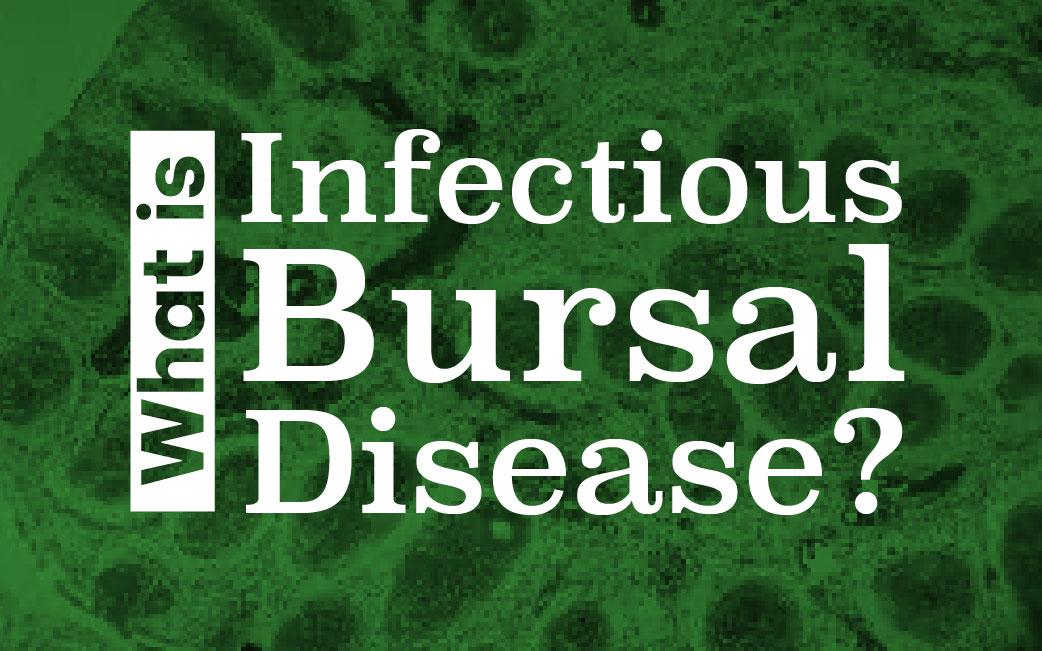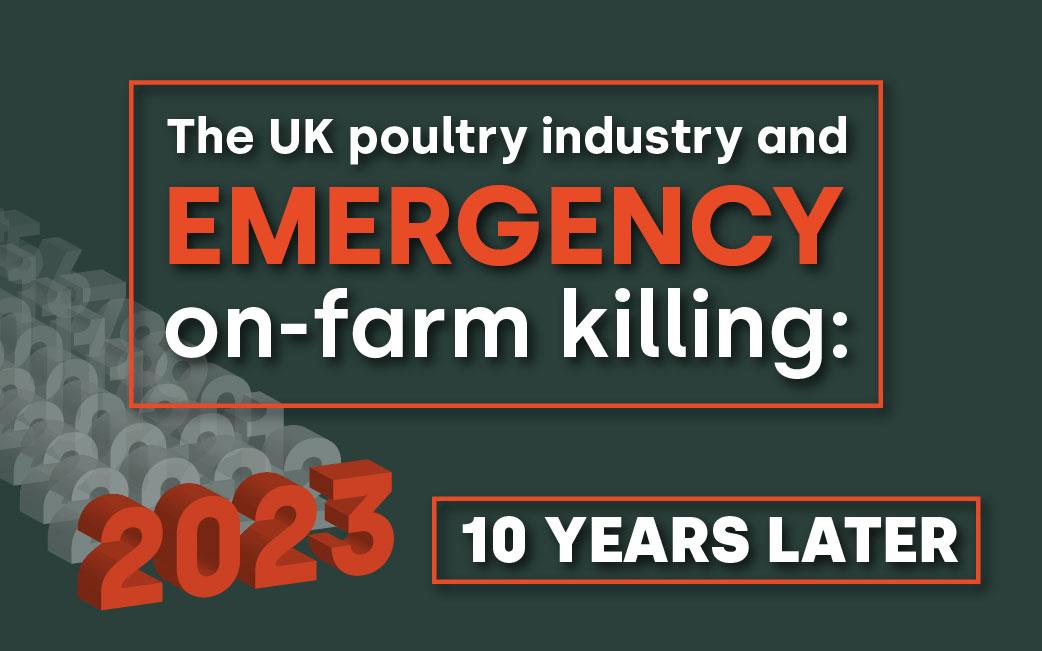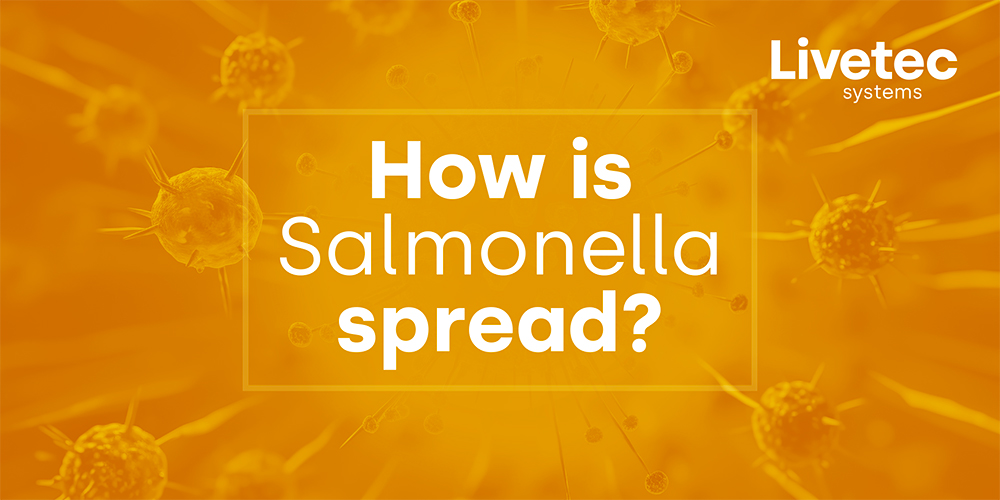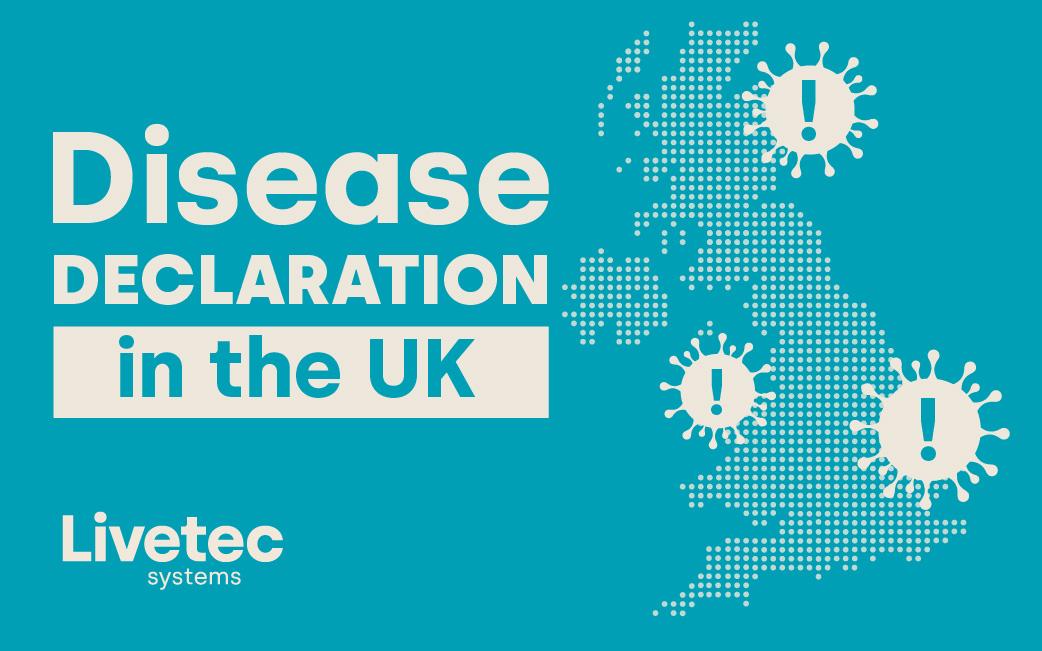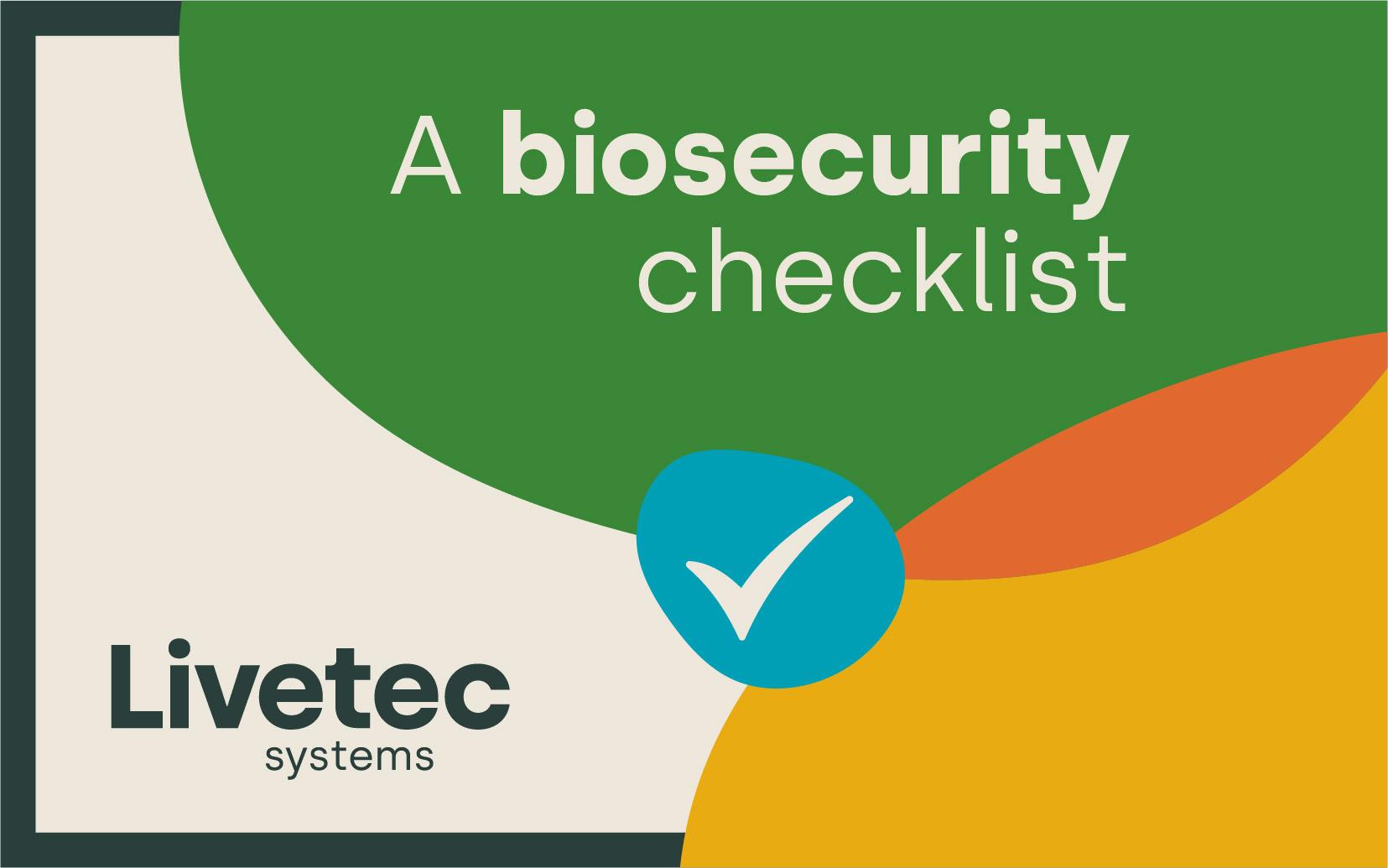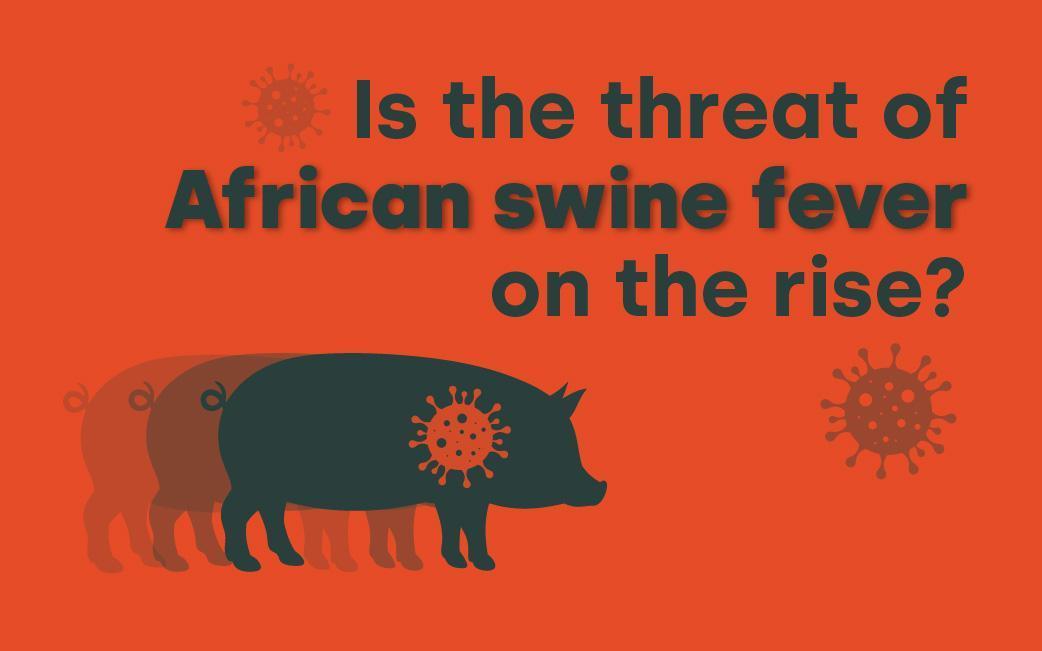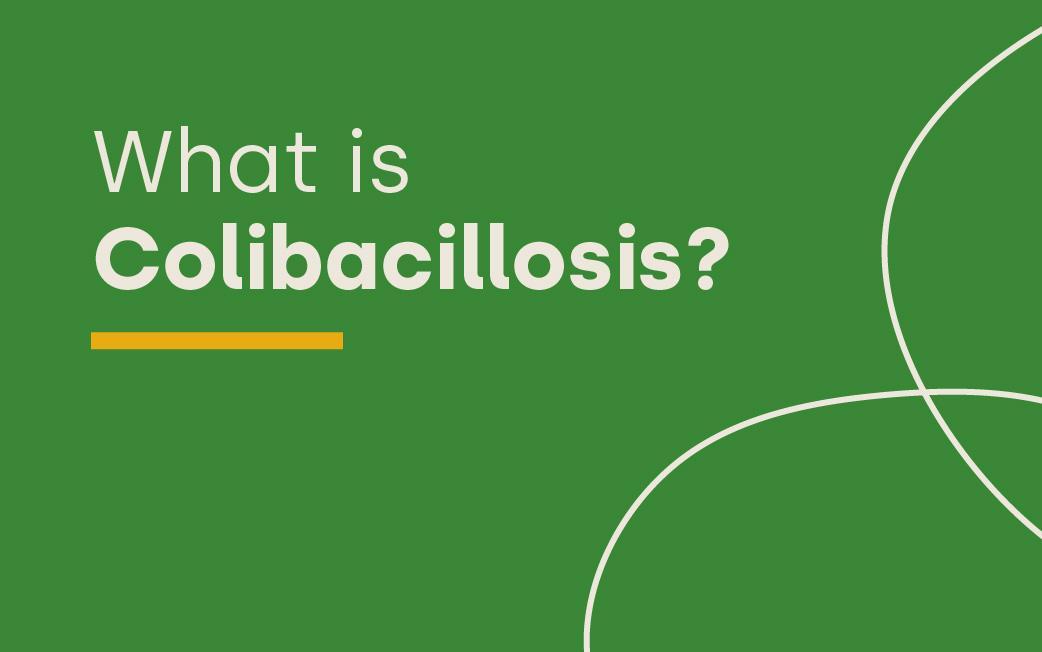Mycoplasma synoviae was first recognised as a chronic infection in chicken and turkeys in 1982. We know now that it affects the respiratory system, bones and joints of birds. The disease also causes inflammation in the air sacs of live chickens (known as airsacculitis). Mycoplasma synoviae is distributed across the globe, and whilst the disease mainly affects chickens and turkeys, a range of other birds are susceptible to it, including guinea fowl, parrots, ducks and geese.
Cause
Mycoplasma synoviae is a species of bacterium (a large group of single-cell microorganisms) in mycoplasma (bacteria that damages the lining of the respiratory system). When poultry is infected with Mycoplasma synoviae, it can lead to a temporary drop in egg production.
Transmission
The disease can be transmitted horizontally and vertically, from parent to offspring, and from bird to bird. The rate of infection is considered low in breeder hens transmitting Mycoplasma synoviae vertically, and some eggs hatching from poultry who carry the disease, may be free from infection.
Horizontal transmission of Mycoplasma synoviae happens through the respiratory pathways, which can affect birds up to 100% of the time. Once a bird is infected with Mycoplasma synoviae, there is a high chance of them becoming a carrier of the infection for life.
Clinical signs
Mycoplasma synoviae has several clinical signs. Birds who are under stress or suffering from other infections are more likely to be clinically infected. If the joints are inflamed, the first sign includes parts of the head turning a pale blue colour. Infected birds are likely to also have a limp which causes issues in sitting. Birds who are severely affected may show signs of depression. There can be signs of swelling on footpads and blisters on the breast (sternal bursitis). The rate of mortality after being infected by Mycoplasma synoviae is low, with numbers ranging between 1-10%.
Diagnosis
Laboratory tests are the most effective method for diagnosing the disease. PCR (Polymerase Chain Reaction – producing a large number of copies to study the DNA) is becoming a common diagnostic test. Other tests include SAT (Slide Agglutination Tests) and ELISA (Enzyme-Linked Immunosorbent Assay) which are used to detect Mycoplasma synoviae antibodies.
Due to the severity of the disease and challenges of isolating infected birds, molecular diagnostic tests are a popular method for detecting Mycoplasma synoviae. PCR is a rapid process as it uses clinical swabs taken from infected sites and runs tests directly on the swabs.
Treatment and control
There are antibiotics available to reduce inflamed joints however, it is not considered an effective method for treatment and control.
Vaccines can control Mycoplasma synoviae, including MS-H, which is a temperature-sensitive vaccine. It can be used on chickens from five weeks old to protect them against the disease. It is available in many countries apart from the United States of America.
It is recommended for farmers and backyard poultry keepers to protect their flock, by implementing good biosecurity measures. This leads to preventing the risk of diseases such as Mycoplasma synoviae from occurring.
Biosecurity advice from Livetec
Livetec are leaders in biosecurity. We construct tailored plans to mitigate the risk of infections like Mycoplasma synoviae, to protect your flock and farm business.
Our unique Biosecurity Advisory Service provides experts conducting on-site reviews and advice on implementing effective biosecurity measures to protect your farm and livelihood.
To find out how our services can help you, contact us today by clicking here.













